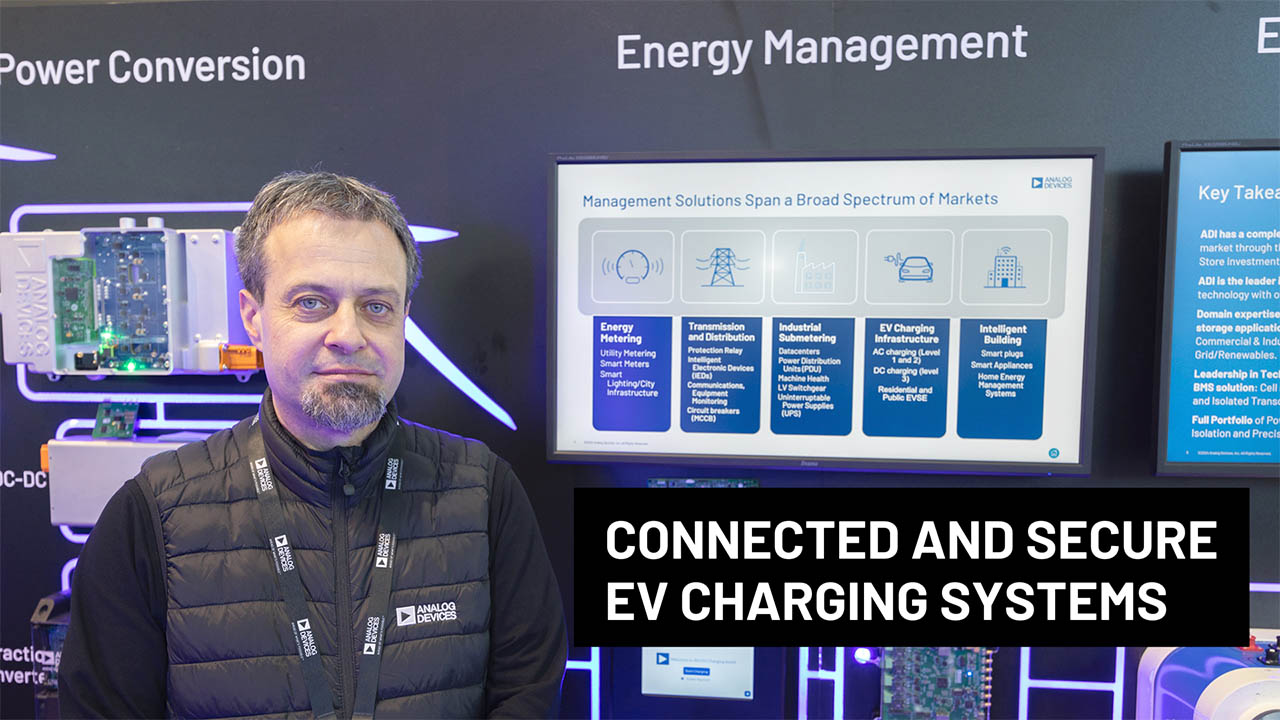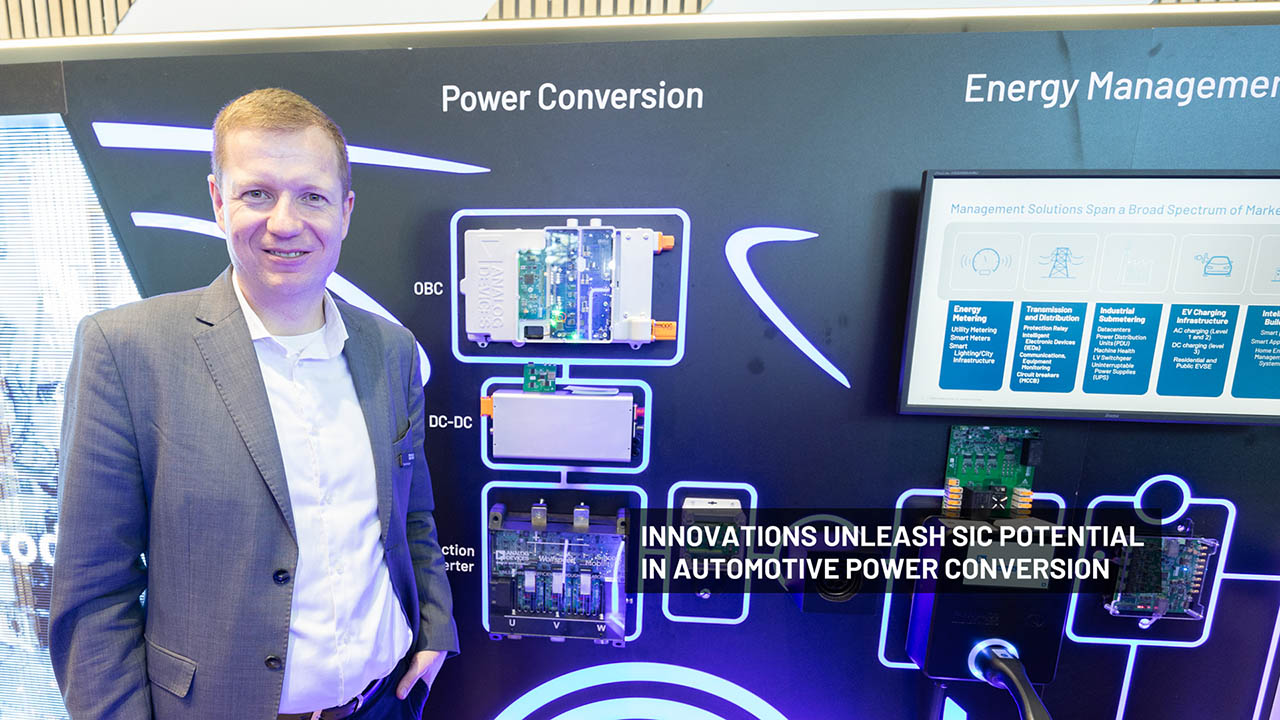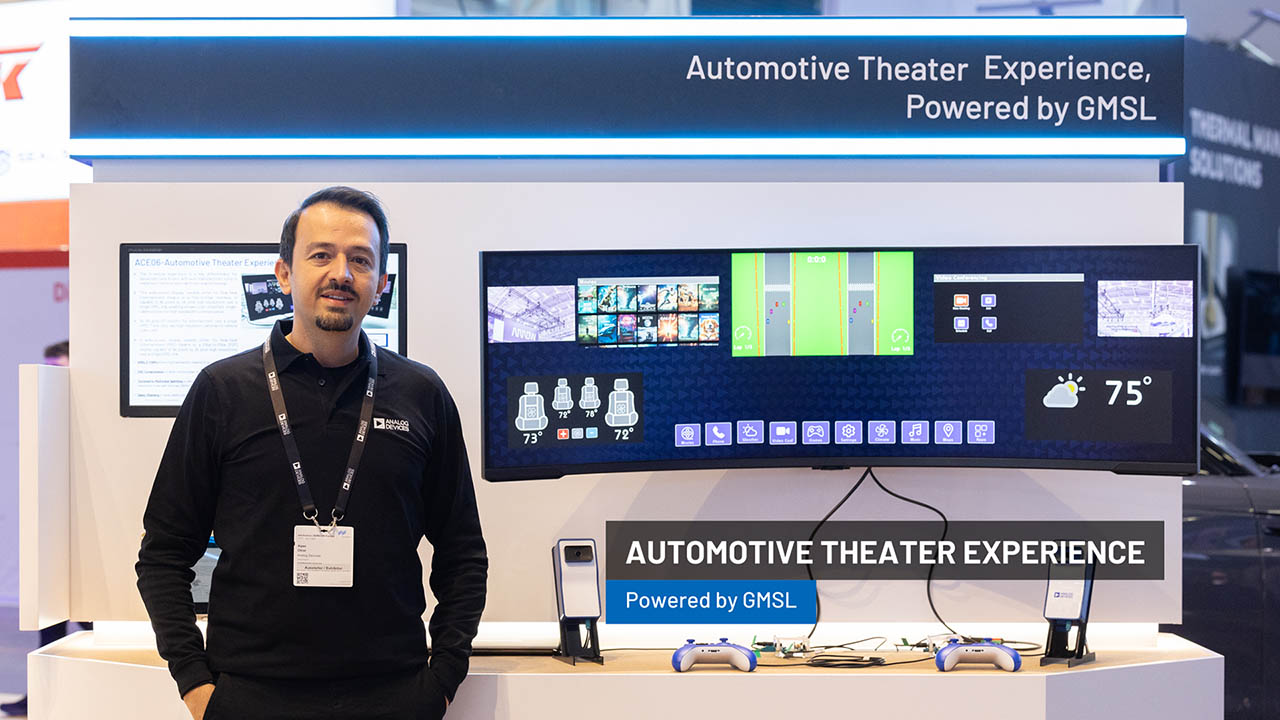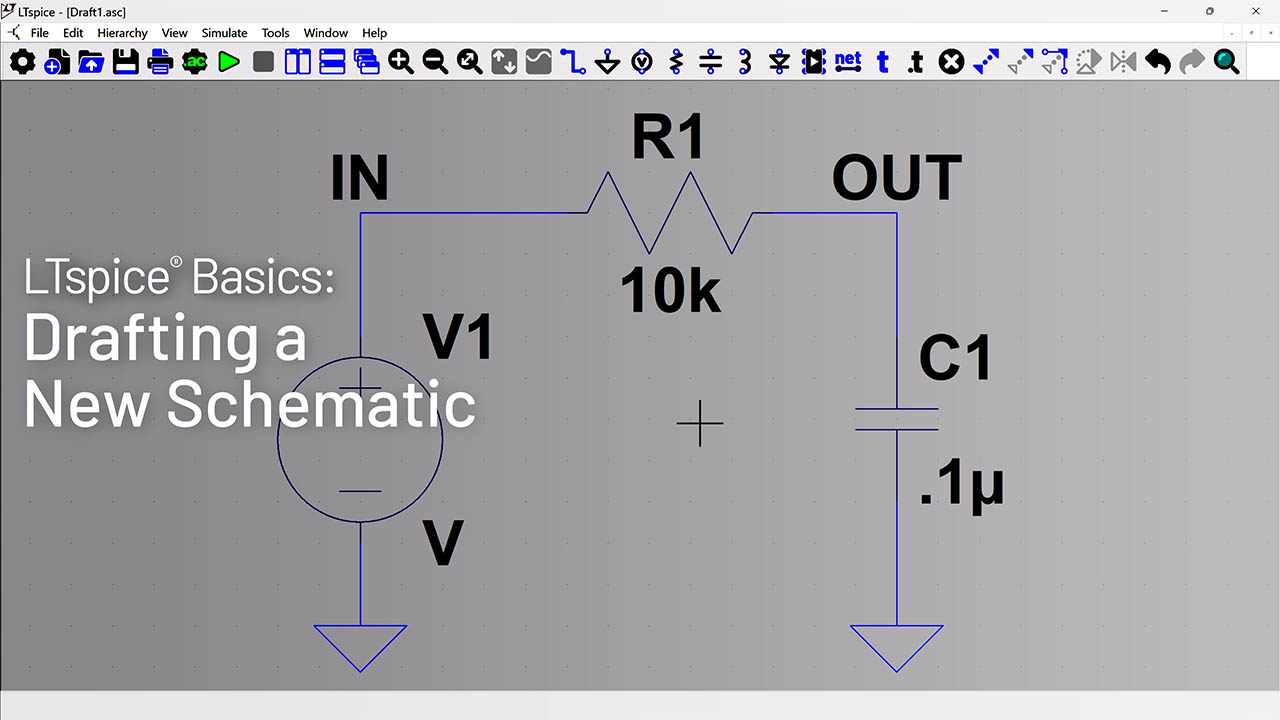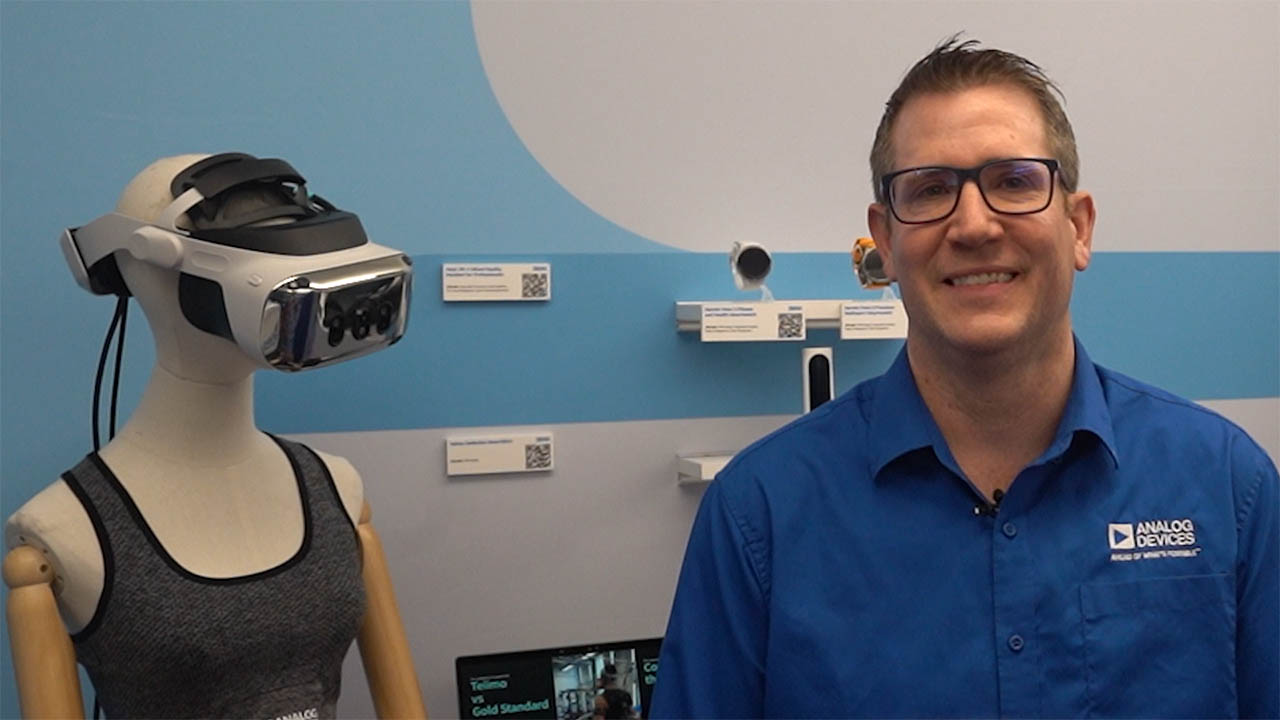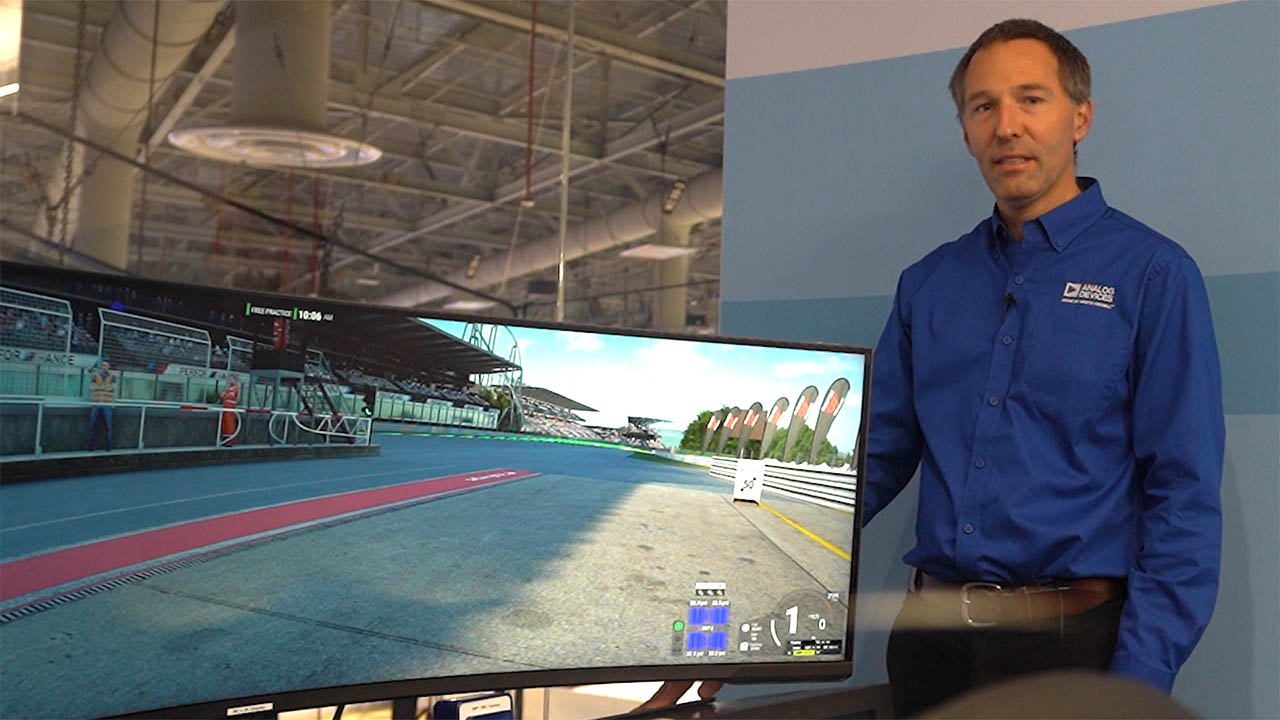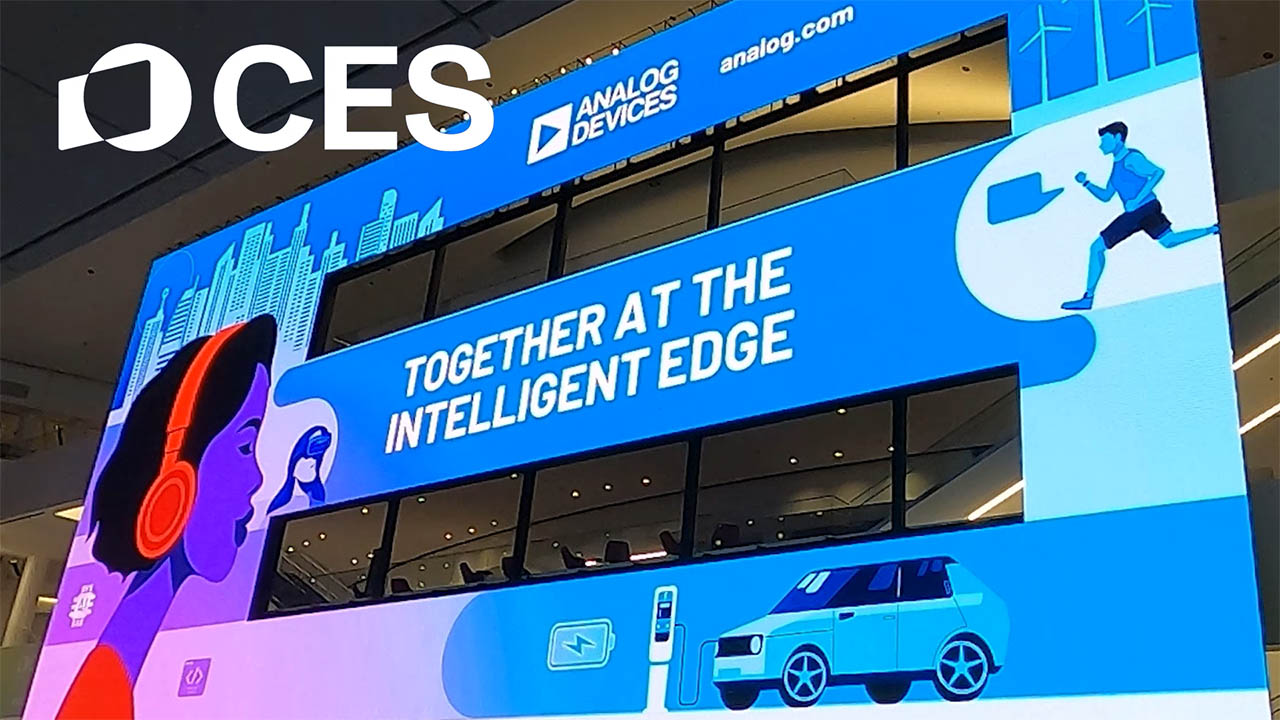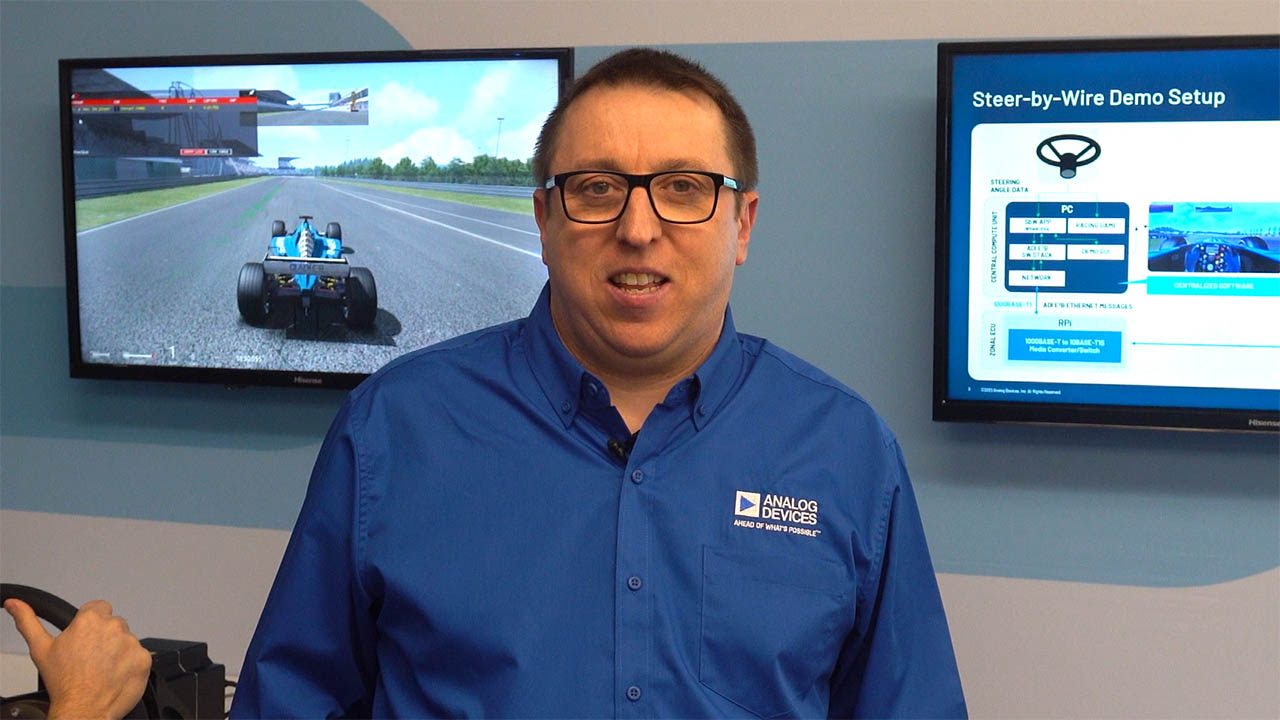Voltage Conversion at Low Energy Levels
This article will introduce a new class of DC-to-DC converters, an example of which is the LTC3336. It only consumes about 65 nA of current in standby mode, making it ideal for battery-operated systems.
Conversion efficiency is a key characteristic of power converters. Common switching regulators for step-down conversion (buck converters) typically have conversion efficiencies of between 85% and 95%. The efficiency to be reached strongly depends on the available supply voltage and the respective output voltage to be generated as well as the required load current. However, numerous applications require a special type of conversion efficiency for which there are special switching regulator solutions. These deployments require optimized converters for low output power. Battery-operated systems that are always on often need to consume a very low amount of current in standby mode. Examples include sensors that measure vibrations in bridges or that detect forest fires. In these cases, it is important to have a low battery discharge over long periods of time. This property is particularly important in systems that depend on energy harvesters as energy sources.
Such sensors are frequently also connected via radio to other devices. Individual node points that are usually supplied through energy harvesting or with batteries are linked to transmit signals across several node points and over long distances. These individual radio nodes must always listen for signals in a type of “sleep mode” and then, when a corresponding signal occurs, switch to an operating mode with a higher energy consumption and propagate the corresponding signals.

Figure 1. A system with a sensor that is constantly supplied with a low amount of energy—for example, to be able to detect a forest fire.
A new class of DC-to-DC converters is introduced with the LTC3336. While the output voltage is generated and there is a low load at the output, it only consumes about 65 nA of current in standby mode. Figure 2 shows a compact example circuit that generates an output voltage of 2.5 V from a VIN of approximately 7 V.

Figure 2. The LTC3336 buck converter with a quiescent current of just 65 nA for generation of an output voltage of 2.5 V.
As is usual with such voltage converters, the output voltage is not set via a resistor voltage divider. This would waste too much energy. To allow different output voltages to be set, the pins OUT0 to OUT3 are used. Depending on the wiring of these pins, the output voltage can be set in steps between 1.2 V and 5 V.
In many energy harvesting applications, the energy source must be protected from excessive current loads. Some batteries or harvesters can only deliver a limited amount of current. If this specific current limit is exceeded, the voltage sags or, in some cases, damage can even occur. Therefore, it makes sense to limit the current draw of the power converter. The LTC3336 can limit the input current in adjustable steps between 10 mA and 300 mA. This input current limitation is similar to the output voltage in that it can be set through appropriate wiring of the IPK0 and IPK1 pins.
The efficiency plot in Figure 3 shows the efficiencies that can be reached with very low output currents such as 1 µA. A lot of energy is saved, especially in applications with long operating times and low loads.

Figure 3. The efficiency of power conversion from 7.2 V to 2.5 V is approximately 70%, even for load currents of just 1 µA.
Conclusion
This article has shown the LTC3336 is the perfect choice for battery-powered systems since it draws only 65 nA of current when in standby mode. This means that circuits with fixed battery sizes can be operated for a much longer time, or energy harvesters can be designed to be smaller and therefore lower cost.
About The Authors
Related to this Article
Products
{{modalTitle}}
{{modalDescription}}
{{dropdownTitle}}
- {{defaultSelectedText}} {{#each projectNames}}
- {{name}} {{/each}} {{#if newProjectText}}
-
{{newProjectText}}
{{/if}}
{{newProjectTitle}}
{{projectNameErrorText}}





